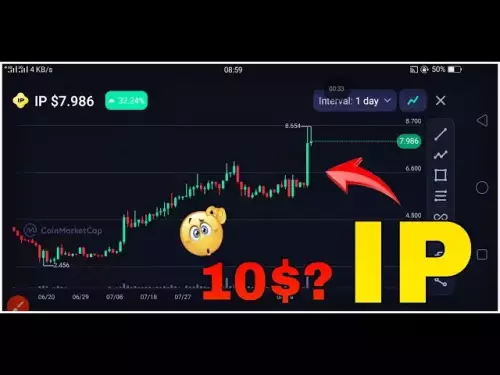-
 Bitcoin
Bitcoin $108700
0.19% -
 Ethereum
Ethereum $4453
1.11% -
 XRP
XRP $2.829
-0.13% -
 Tether USDt
Tether USDt $1.000
0.01% -
 BNB
BNB $858.8
-0.23% -
 Solana
Solana $203.5
-0.82% -
 USDC
USDC $0.9998
0.00% -
 Dogecoin
Dogecoin $0.2179
0.45% -
 TRON
TRON $0.3419
0.45% -
 Cardano
Cardano $0.8265
-1.26% -
 Chainlink
Chainlink $23.73
1.37% -
 Hyperliquid
Hyperliquid $44.57
0.57% -
 Ethena USDe
Ethena USDe $1.000
-0.01% -
 Sui
Sui $3.314
-0.82% -
 Stellar
Stellar $0.3592
-0.42% -
 Bitcoin Cash
Bitcoin Cash $552.1
3.66% -
 Avalanche
Avalanche $23.87
0.22% -
 Cronos
Cronos $0.2956
-3.18% -
 Hedera
Hedera $0.2242
-1.48% -
 UNUS SED LEO
UNUS SED LEO $9.577
0.99% -
 Litecoin
Litecoin $111.1
0.41% -
 Toncoin
Toncoin $3.128
0.92% -
 Shiba Inu
Shiba Inu $0.00001239
-0.53% -
 Uniswap
Uniswap $9.809
0.13% -
 Polkadot
Polkadot $3.803
-0.19% -
 Dai
Dai $0.9999
-0.01% -
 Bitget Token
Bitget Token $4.577
0.77% -
 Aave
Aave $320.7
0.99% -
 Monero
Monero $264.0
0.28% -
 Ethena
Ethena $0.6797
0.54%
How to stake your crypto with MetaMask?
Set up MetaMask, connect to a trusted DeFi staking platform, and securely stake crypto by following network and security best practices.
Aug 30, 2025 at 08:18 pm
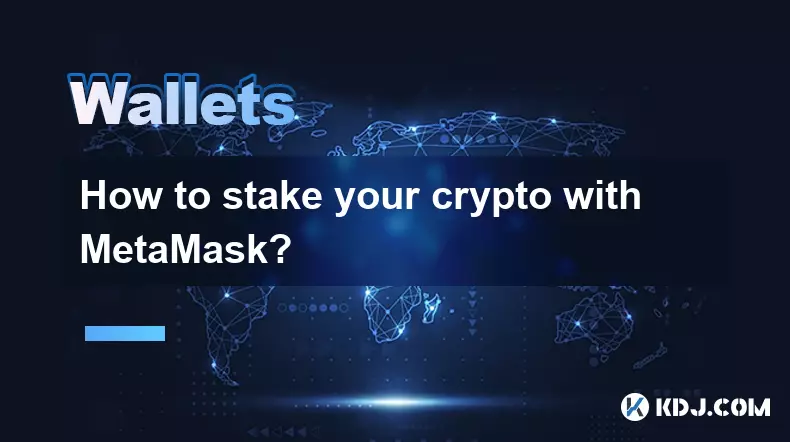
Setting Up MetaMask for Crypto Staking
1. Download the MetaMask browser extension or mobile app and create a new wallet. During setup, securely store your 12-word recovery phrase in a private location. This phrase is essential for wallet recovery and should never be shared.
2. Once your wallet is created, ensure you are connected to the correct blockchain network where staking is supported. Many staking opportunities exist on Ethereum, Polygon, Binance Smart Chain, and other EVM-compatible networks. You can switch networks within the MetaMask interface under the network selection menu.
3. Add sufficient funds in the native token of the selected network. For Ethereum staking, you will need ETH to cover gas fees. On Polygon, MATIC is required. These tokens are necessary to interact with staking protocols and smart contracts.
4. Confirm that your MetaMask wallet is fully synced and showing the correct balance. Any discrepancies may lead to failed transactions or errors when initiating staking.
5. Visit the official website of a trusted decentralized finance (DeFi) platform that supports staking, such as Lido, Aave, or Rocket Pool. Always verify the URL to avoid phishing sites that mimic legitimate platforms.
Connecting MetaMask to a Staking Platform
1. Navigate to the staking platform’s dashboard and locate the “Connect Wallet” button. Click it and select MetaMask from the available options.
2. A pop-up window from MetaMask will appear, requesting permission to connect your wallet. Review the details and confirm the connection. Once connected, your wallet address will be visible on the platform.
3. Ensure the network displayed in MetaMask matches the one used by the staking platform. Mismatched networks are a common cause of transaction failures.
4. After successful connection, explore the staking options available. Platforms often offer various staking pools with different APYs, lock-up periods, and risk levels.
5. Hover over or click on the desired staking pool to view detailed information, including total staked amount, rewards distribution schedule, and any associated fees.
Initiating the Staking Process
1. Select the amount of cryptocurrency you wish to stake. Enter the value in the input field provided by the platform. Some platforms allow partial staking, while others may require minimum amounts.
2. Click the “Stake” button. MetaMask will prompt you to confirm the transaction. Carefully review the transaction details, including the token amount, gas fee, and contract address.
3. Confirm the transaction in MetaMask. The network will process your request, which may take several seconds to minutes depending on congestion.
4. Upon confirmation, the platform will issue a receipt or update your staking balance. Some platforms provide liquid staking tokens, such as stETH from Lido, which represent your staked assets and can be used elsewhere in DeFi.
5. Monitor your staking position regularly through the platform’s dashboard. Rewards are typically distributed periodically and may compound automatically or require manual claiming.
Withdrawing and Managing Staked Assets
1. Access the staking platform and navigate to your active staking position. Look for an option labeled “Withdraw,” “Unstake,” or “Exit.”
2. Initiate the withdrawal process. Some protocols enforce a cooldown or unbonding period, which can last from hours to days. During this time, your assets are locked and cannot be moved.
3. After the unbonding period ends, confirm the final withdrawal transaction through MetaMask. Gas fees will apply, so ensure you have enough network tokens available.
4. Once processed, the original staked amount plus accumulated rewards will be transferred back to your MetaMask wallet.
5. Always verify the received amount matches expectations. Discrepancies may indicate errors or platform-specific slashing penalties due to network conditions.
Frequently Asked Questions
Can I stake directly within the MetaMask wallet interface?MetaMask itself does not offer native staking, but it integrates with multiple DeFi platforms that do. You must use third-party protocols through the MetaMask-connected browser to stake your assets.
What happens if I lose my MetaMask wallet while staking?If you lose access to your wallet but have the 12-word recovery phrase, you can restore it and regain control of your staked assets. Without the phrase, both the wallet and staked funds are permanently lost.
Are staking rewards automatically compounded?It depends on the platform. Some protocols automatically reinvest rewards, increasing your stake over time. Others distribute rewards separately, requiring manual restaking to achieve compounding.
Is staking through MetaMask safe?Staking via MetaMask is secure if you interact only with verified platforms and double-check contract addresses. Never share your private keys or recovery phrase, and beware of fake websites or social engineering attempts.
Disclaimer:info@kdj.com
The information provided is not trading advice. kdj.com does not assume any responsibility for any investments made based on the information provided in this article. Cryptocurrencies are highly volatile and it is highly recommended that you invest with caution after thorough research!
If you believe that the content used on this website infringes your copyright, please contact us immediately (info@kdj.com) and we will delete it promptly.
- MAGACOIN, Presale, Bitcoin PEPE: What's the Buzz?
- 2025-08-31 14:45:13
- Meme Coins, Crypto Whales, and Presales: What's Hot Right Now?
- 2025-08-31 15:05:13
- Sui's Subtle Surge: Network Activity Gains Mask Uneven Growth
- 2025-08-31 13:05:13
- Meme Coins in 2025: BullZilla, Arctic Pablo, and the Tokenomics of Virality
- 2025-08-31 13:25:13
- A Rodgers and Hart Musical Journey at Sutherland Uniting Church: A Nostalgic Trip
- 2025-08-31 15:25:13
- Ripple's Interactive Demo: Showcasing XRP's Power in Global Payments
- 2025-08-31 13:45:13
Related knowledge

How to use Trust Wallet's built-in DEX?
Aug 29,2025 at 07:28am
Understanding Trust Wallet’s Built-in DEX1. Trust Wallet integrates a decentralized exchange (DEX) directly within its mobile application, allowing us...
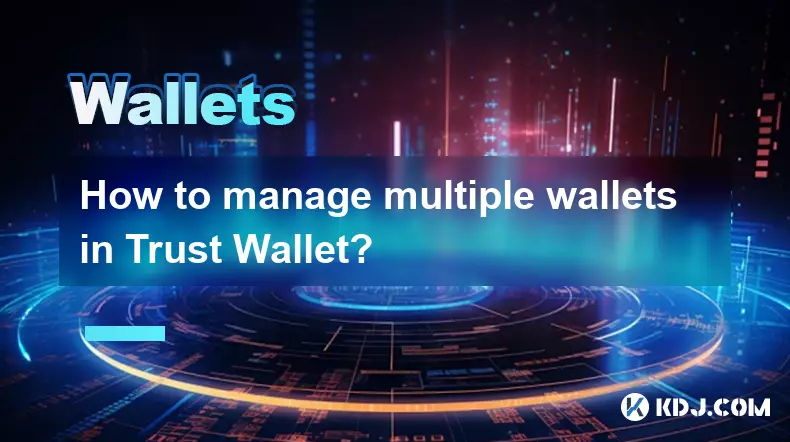
How to manage multiple wallets in Trust Wallet?
Aug 30,2025 at 04:45am
Understanding Wallet Management in Trust Wallet1. Trust Wallet supports a wide range of cryptocurrencies and tokens, allowing users to manage multiple...
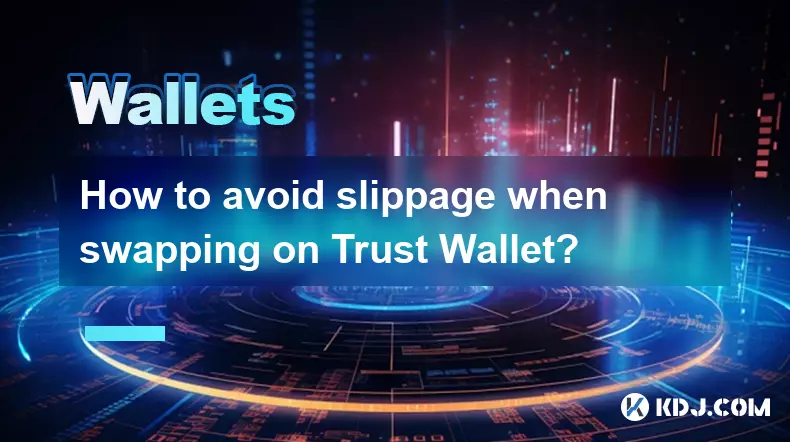
How to avoid slippage when swapping on Trust Wallet?
Aug 29,2025 at 03:01am
Understanding Slippage in Decentralized Exchanges1. Slippage occurs when the price of a cryptocurrency changes between the time a transaction is initi...
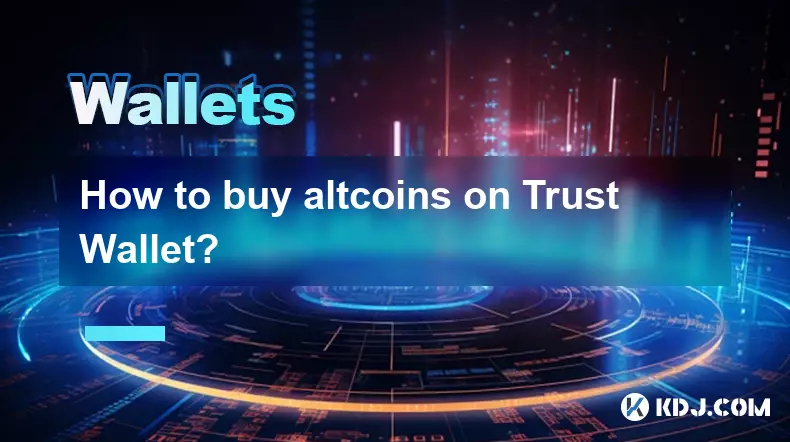
How to buy altcoins on Trust Wallet?
Aug 29,2025 at 11:36pm
Understanding Trust Wallet and Altcoin Purchases1. Trust Wallet is a non-custodial cryptocurrency wallet that supports a wide range of altcoins and bl...
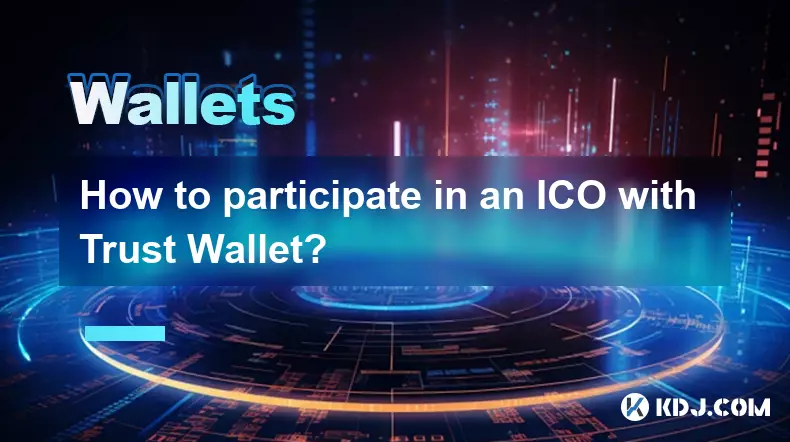
How to participate in an ICO with Trust Wallet?
Aug 30,2025 at 04:36pm
Understanding ICOs and Trust Wallet Compatibility1. Initial Coin Offerings (ICOs) are fundraising mechanisms used by blockchain projects to raise capi...
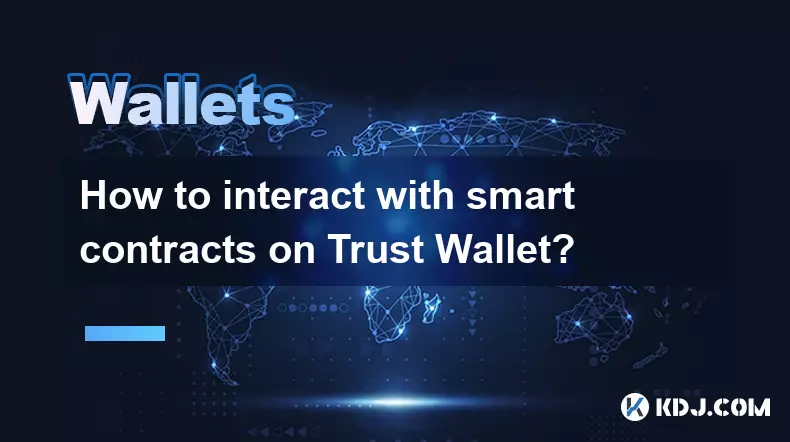
How to interact with smart contracts on Trust Wallet?
Aug 29,2025 at 01:28am
Understanding Smart Contracts and Trust Wallet Compatibility1. Smart contracts are self-executing agreements with the terms directly written into code...

How to use Trust Wallet's built-in DEX?
Aug 29,2025 at 07:28am
Understanding Trust Wallet’s Built-in DEX1. Trust Wallet integrates a decentralized exchange (DEX) directly within its mobile application, allowing us...

How to manage multiple wallets in Trust Wallet?
Aug 30,2025 at 04:45am
Understanding Wallet Management in Trust Wallet1. Trust Wallet supports a wide range of cryptocurrencies and tokens, allowing users to manage multiple...

How to avoid slippage when swapping on Trust Wallet?
Aug 29,2025 at 03:01am
Understanding Slippage in Decentralized Exchanges1. Slippage occurs when the price of a cryptocurrency changes between the time a transaction is initi...

How to buy altcoins on Trust Wallet?
Aug 29,2025 at 11:36pm
Understanding Trust Wallet and Altcoin Purchases1. Trust Wallet is a non-custodial cryptocurrency wallet that supports a wide range of altcoins and bl...

How to participate in an ICO with Trust Wallet?
Aug 30,2025 at 04:36pm
Understanding ICOs and Trust Wallet Compatibility1. Initial Coin Offerings (ICOs) are fundraising mechanisms used by blockchain projects to raise capi...

How to interact with smart contracts on Trust Wallet?
Aug 29,2025 at 01:28am
Understanding Smart Contracts and Trust Wallet Compatibility1. Smart contracts are self-executing agreements with the terms directly written into code...
See all articles
























